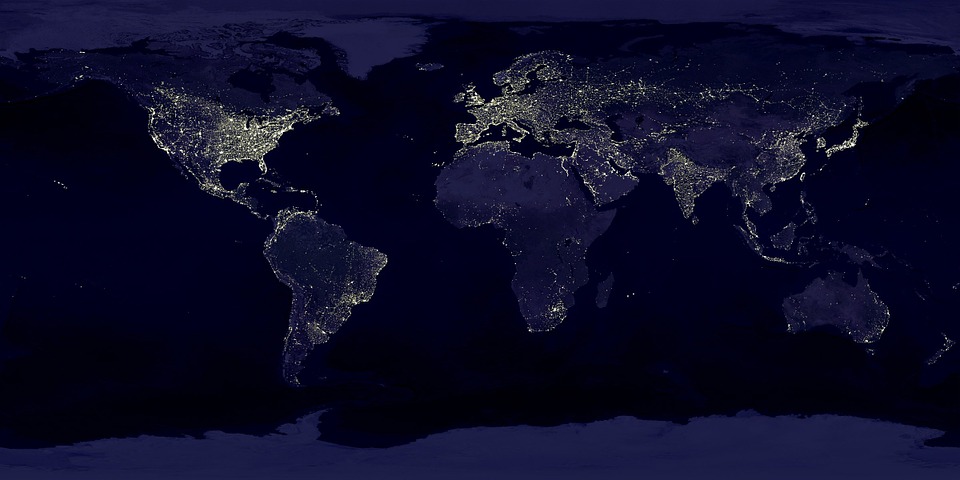Lesson 21
Predicting Populations
Let's use linear and exponential models to represent and understand population changes.
21.1: Notice and Wonder: Changing Populations
Here are the populations of three cities during different years.
| City | 1950 | 1960 | 1970 | 1980 | 1990 | 2000 |
|---|---|---|---|---|---|---|
| Paris | 6,300,000 | 7,400,000 | 8,200,000 | 8,700,000 | 9,300,000 | 9,700,000 |
| Austin | 132,000 | 187,000 | 254,000 | 346,000 | 466,000 | 657,000 |
| Chicago | 3,600,000 | 3,550,000 | 3,400,000 | 3,000,000 | 2,800,000 | 2,900,000 |
What do you notice? What do you wonder?
21.2: Population Predictions 1
Here are population data for three cities at different times between 1950 and 2000. What does the data tell us, if anything, about the current population in the cities or what the population will be in 2050?
| City | 1950 | 1960 | 1970 | 1980 | 1990 | 2000 |
|---|---|---|---|---|---|---|
| Paris | 6,300,000 | 7,400,000 | 8,200,000 | 8,700,000 | 9,300,000 | 9,700,000 |
| Austin | 132,000 | 187,000 | 254,000 | 346,000 | 466,000 | 657,000 |
| Chicago | 3,600,000 | 3,550,000 | 3,400,000 | 3,000,000 | 2,800,000 | 2,900,000 |
- How would you describe the population change in each city during this time period? Write one to two sentences for each city. Then discuss with your group.
- What kind of model, linear or exponential, both, or neither do you think is appropriate for each city population?
- For each population that you think can be modeled by a linear and or exponential function:
- Write an equation for the function(s).
- Graph the function(s).
- Compare the graphs of your functions with the actual population data. How well do the models fit the data?
-
- Use your models to predict the population in each city in 2010, the current year, and 2050.
- Do you think that these predictions are (or will be) accurate? Explain your reasoning.
21.3: Population Predictions 2

| year | 1804 | 1927 | 1960 | 1974 | 1987 | 1999 | 2011 |
|---|---|---|---|---|---|---|---|
| world population in billions | 1 | 2 | 3 | 4 | 5 | 6 | 7 |
- Would a linear function be appropriate for modeling the world population growth over the last 200 years? Explain. If you think it is appropriate, find a linear model.
- Would an exponential function be appropriate for modeling the world population growth over the last 200 years? Explain. If you think it is appropriate, find an exponential model.
- From 1950 to the present day, by about what percentage has the world population grown each year?
- From 1950 to the present day, by about how many people has the world population grown each year?
- If the growth trend continues, what will the world population be in 2050? How long do you think the growth will continue? Explain your reasoning.
Another common model for population growth which fixes some of the improbable predictions of the exponential model is called a logistic model. A sample function \(f\) of this type is the function \(\displaystyle f(t)=\frac{10}{1+50\boldcdot 2^{\text-t}}.\)
Evaluate this function for integer values of \(t\) between 0 and 15. Describe qualitatively how this function differs from an exponential one. What happens to the world population in the long run according to this model?